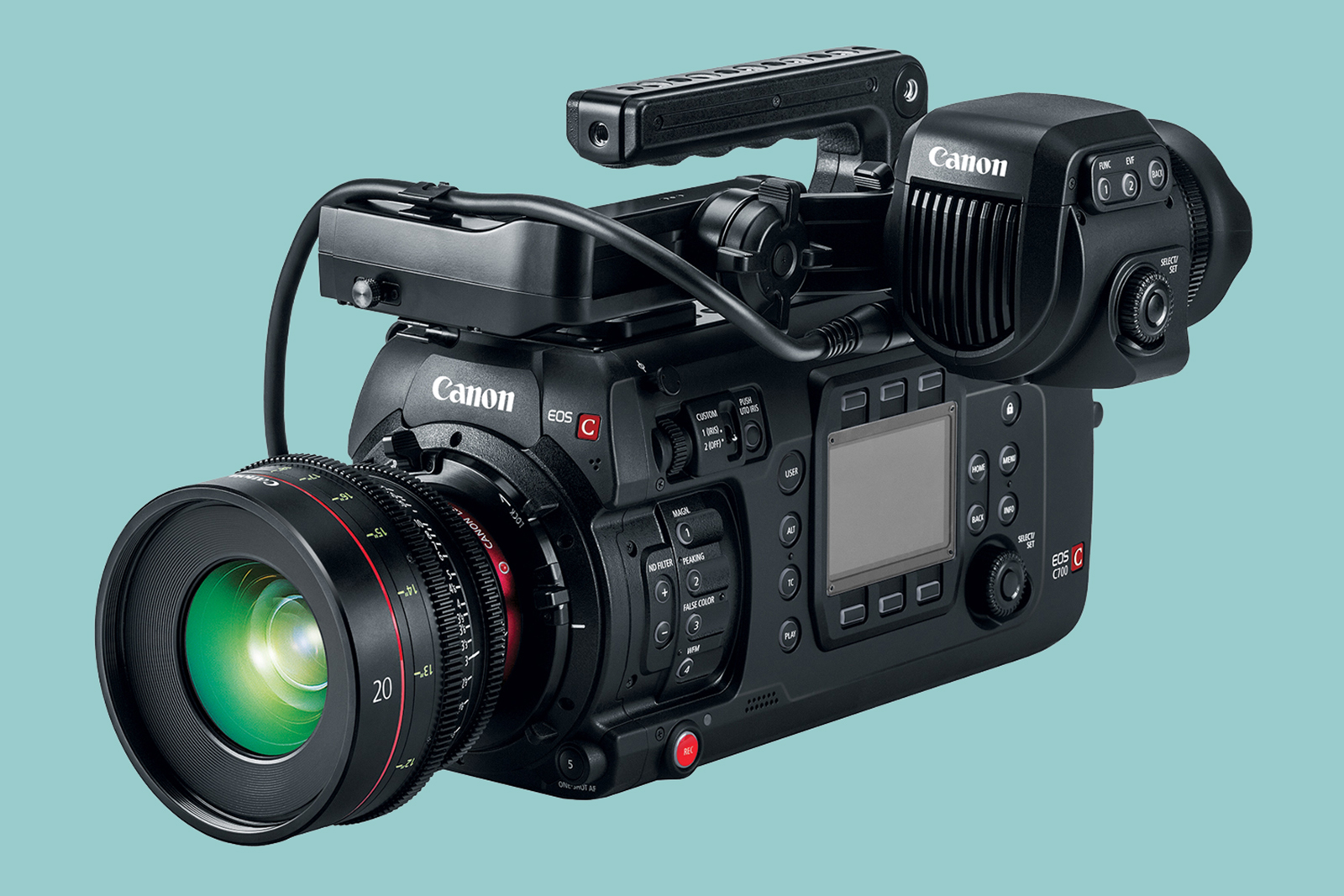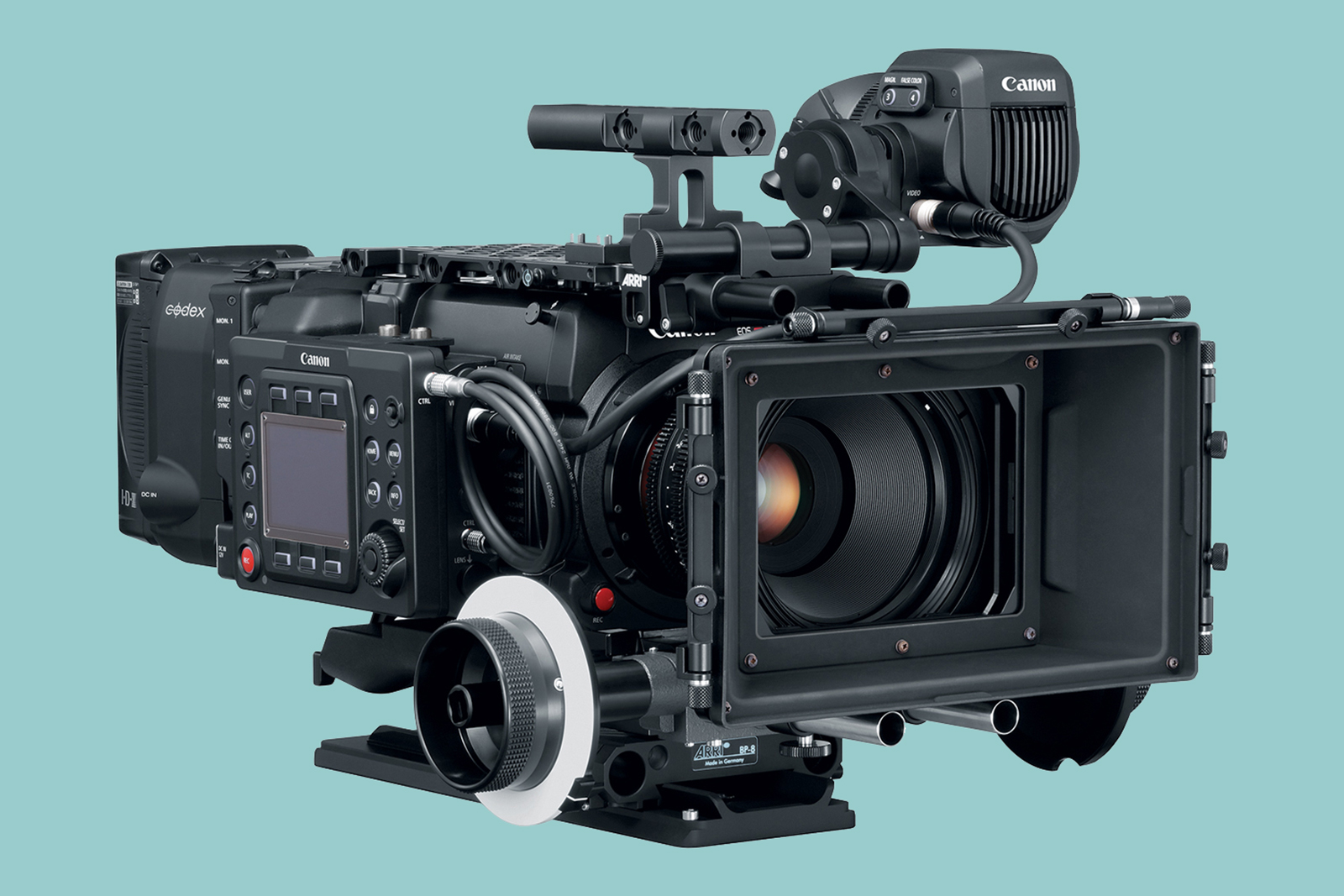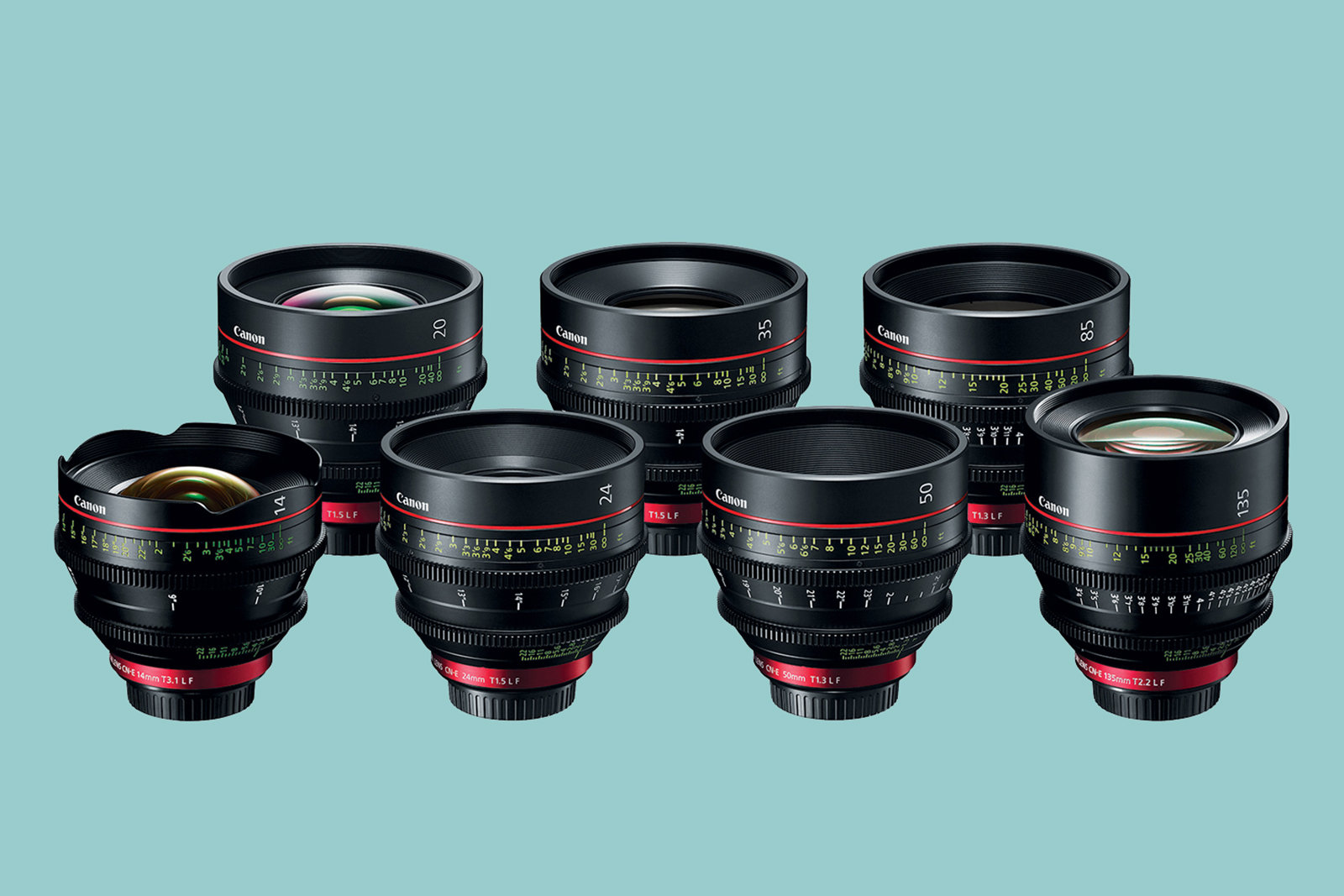Canon is bringing full frame sensors into an entirely new category — but it’s not the long-rumored full frame mirrorless camera (yet). The Canon EOS C700 FF is the company’s first full-frame cinema camera. Designed, as Canon says, to be the “’A’ camera on major Hollywood productions,” the camera carries big specs — and a hefty $33,000 price tag. The cinema camera launched alongside a new 4K-worthy 20mm cinema lens and two new reference displays on Wednesday, March 28l, ahead of the National Association of Broadcasters Show next month.
The Canon EOS C700 FF sports a 5954×3140 17:9 sensor, giving the camera the same image circle as the full frame sensors in the EOS 5D DSLR line. The larger sensor, Canon says offers a greater tonal range for colors and over 15 stops of dynamic range for better contrast. Larger sensors also tend to perform better in low light and can create a softer depth of field. The camera can shoot at full size with a full frame lens, as well as with Super 35 and Super 16mm lenses with an adapter in crop modes, along with support for an anamorphic mode.
Recording with either Canon XF-AVC or Apple ProRes, the C700 FF captures 4K or 2K on CFast cards. An oversampling mode captures 5.9K and downsamples, creating enhanced sharpness and less noise and moire, Canon says. Frame rates hit up to 168fps in the 2K mode.
The C700 FF will be available with in a PL mount or a EF mount, the second one being compatible with the Canon Cinema Prime lens line. The camera is based on the earlier EOS C700 and the company will swap out the sensor to allow existing owners to upgrade to a full frame sensor.
The full frame cinema camera also comes with the launch of a new compatible cinema lens, the CN-E20mm T1.5 L F lens, bringing the company’s cinema lens tally up to 21. The 20mm lens is fully manually and adds another focal length between the existing 14mm and 24mm prime options. Built with an 11-blade aperture and bright T1.5 aperture, Canon says the lens helps create natural color tones and is suited for 4K-level detail.
Joining the new high-end camera and lens are two 4K HDR reference displays allowing videographers to view their work on-site and broadcast live. The 17-inch DP-V1711 is compact for on-location video while the 24-inch DP-V2421 offers a larger viewing area. Both have HDR and can transmit 4K 60 fps footage for broadcasting.
The new cinema camera will be on display at the Canon booth during the NAB show in Las Vegas April 9-12. The Canon EOS C700 FF is slated for a July release at around $33,000. The 20mm lens doesn’t yet have a list price but will begin shipping in the fall, Canon says. The broadcast reference displays will be out next month, with the 24-inch retailing for $39,000 and the 17-inch for $18,000.
Editors' Recommendations
- Toshiba brings 120Hz to Fire TVs with new flagship M550-Series
- Arlo ditches the need for a hub with its new Pro 4 and Ultra 2 cameras
- Sony’s A7S III is the ultimate 4K video camera, five years in the making
- Canon’s affordable new full-frame mirrorless lenses are exactly what it needed
- After years of waiting, Sony A7S III may arrive this summer







